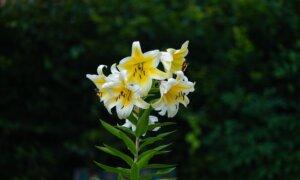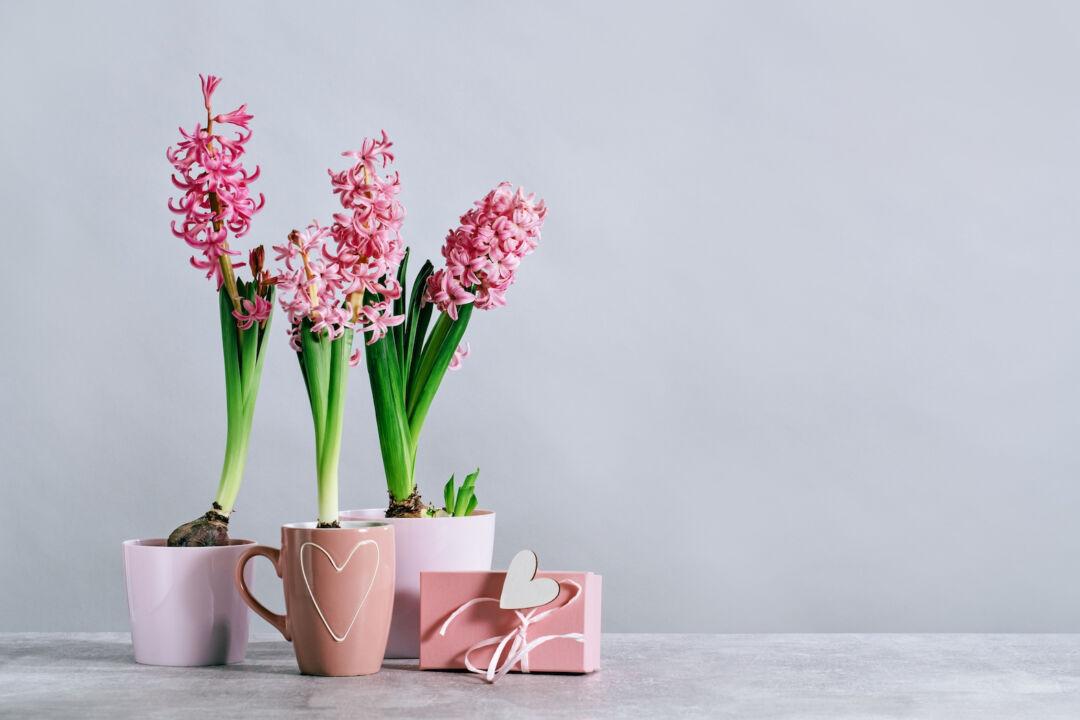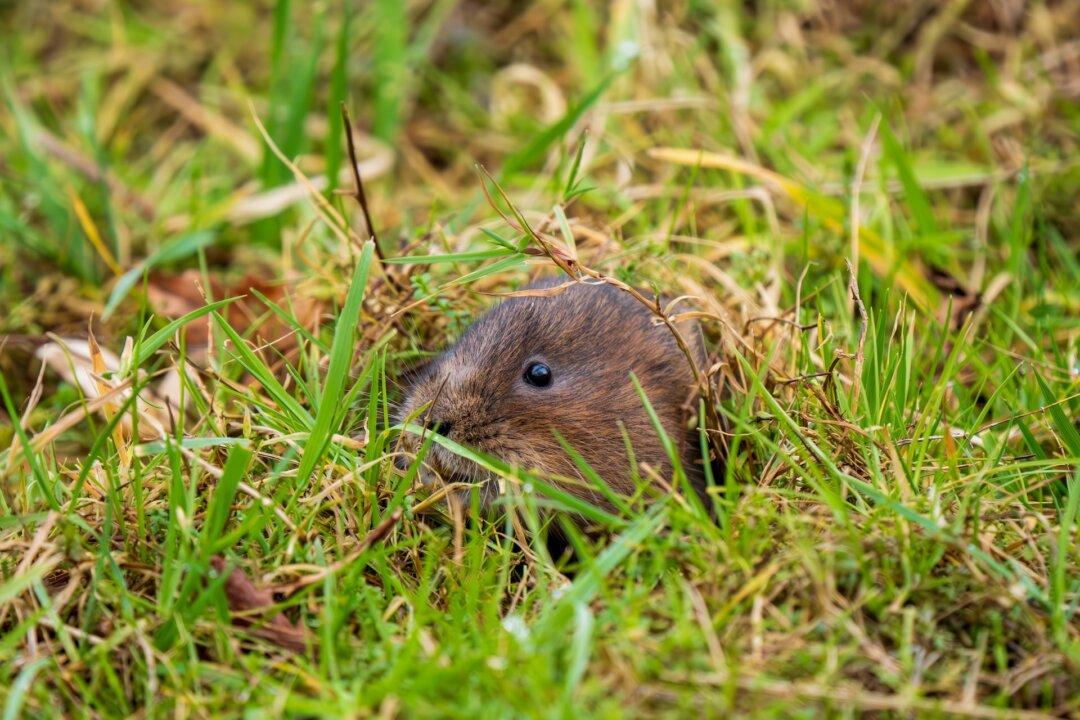As you move plants or do any digging in the garden, be careful not to cut or otherwise damage existing bulbs, because damaged bulbs easily get infected.
If you find a patch of bulbs with problems and you really want to keep them, soak the bulbs in a fungicide solution or use a fungicide powder to dust them and the infected soil. If possible, do not replant bulbs in these areas for at least three years.
There are several fungal diseases that affect bulbs. The diseased bulbs will feel light for their size. Always buy the heaviest bulbs in the bin.
After you buy them, they need to be grown in bright light and cool temperatures until the leaves die naturally. The bulbs then go into a dry dormancy period that lasts all summer. They need to be kept in a room that is in the 60s to 70s, not outside in the 80s and 90s. If the bulbs are still solid in the fall, they can be planted. They may need a couple of years growing in the ground to become big enough to bloom in the garden.
Usually, the bulbs dry out and shrivel into dust because they are kept too warm. They are native to mountain tops, not the desert.
Since yours are not dried out, I think they may have been eaten by a fly larva. There is a fly that looks like a half-inch-long bumblebee that lays its eggs at the base of the bulb’s leaves. The larva tunnels into the bulb and eats it all summer long. They spend the winter in the bulb and emerge as adults in the spring. So when you dig up the bulbs to thin them out or move them, the bulb will feel soft and spongy. Inside will be the little maggot. Throw away the infested bulbs.








